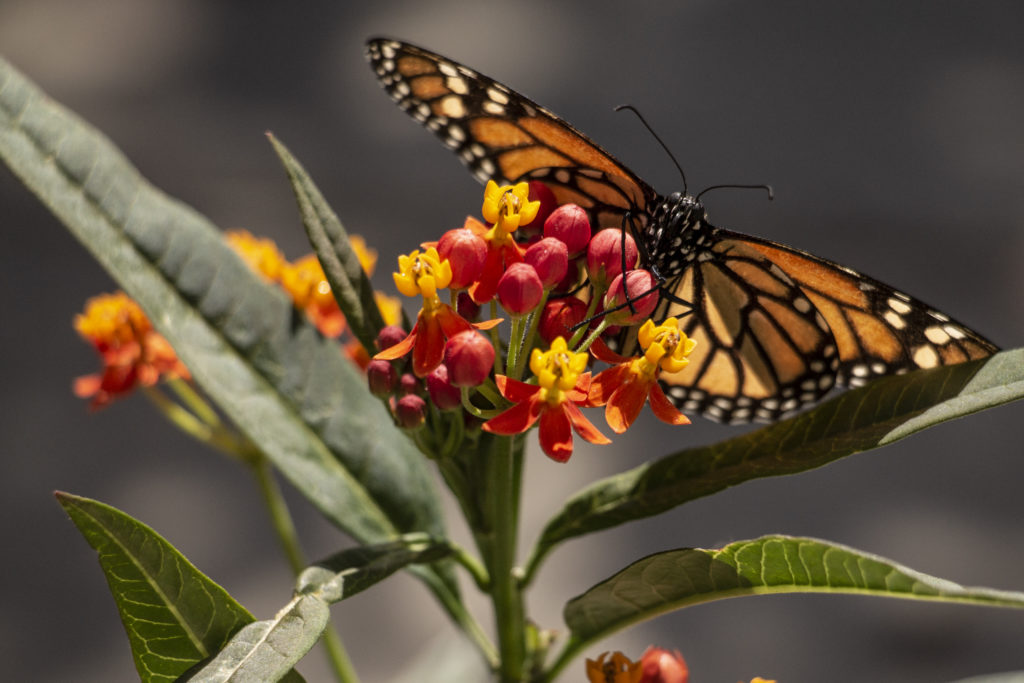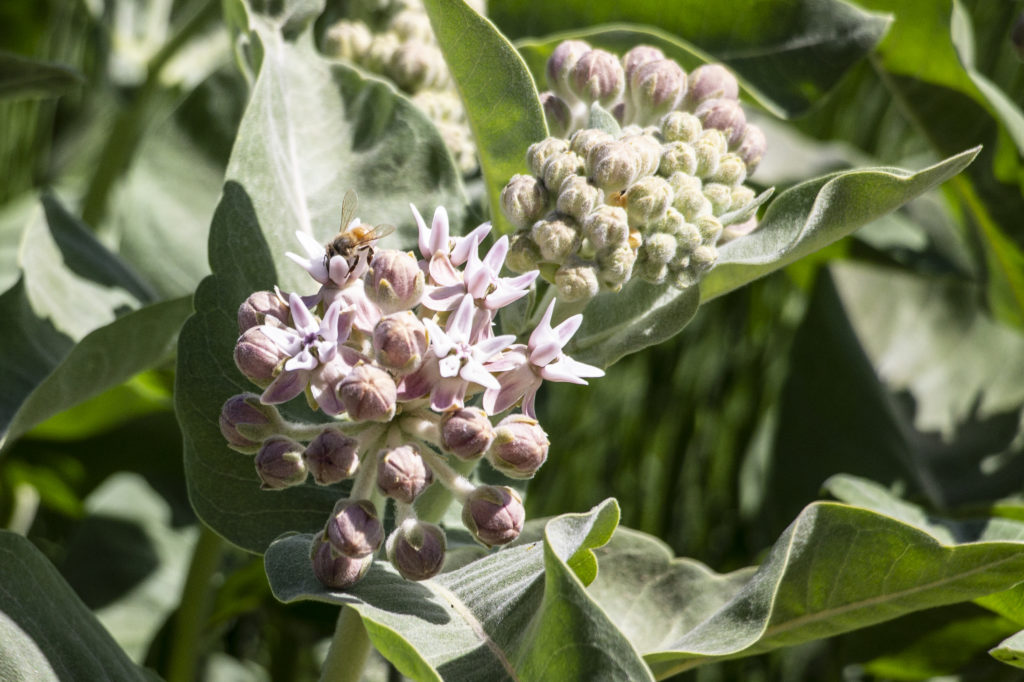As warm weather calls us outside, it’s go-time in the garden. This year, however, we’re facing a deepening drought that will likely make gardening a little more complicated even for the most dedicated green thumb. Thankfully, local gardening and farming experts have plenty of tips on how to make your garden more drought-tolerant, fire-resistant and eco-friendly.
Choose plants from places with similar climates
Sprawling green gardens might make your heart sing, but during drought years you’ll need to find plants that are adapted to dry weather. Cloverdale Nursery suggests using plants that come from areas with similar climates. To this end, they specialize in offering varieties from the Mediterranean region, South Africa and Australia.
Use mulch to save water
Edible plants typically need a lot of water to thrive. Cloverdale Nursery recommends using mulch to help retain moisture in the soil, which in turn can help reduce water use. (According to a study by the Pacific Institute, mulching can reduce water use by 20%).
When picking mulch, you should take into consideration not only its ability to retain moisture but also whether or not it is fire safe. Shredded bark mulch, for example, is highly flammable, advises UC Master Gardeners of Sonoma County. Compost or wood chip arbor is your best choice.
Low-water gardens can be lush
The drought-resistant garden doesn’t have to be all rocks and succulents. In their book “Gardening in Summer-Dry Climates,” Bay Area author Nora Harlow and landscape photographer Saxon Holt offer inspiration through photographs of Pacific coast gardens and an extensive list of water-wise plants. Native plants are often a good choice for your garden, but many plants from around the world have adapted to Pacific coast climates, said Holt in a recent panel discussion with the UC Master Gardener Program of Sonoma County.
Sonoma Master Gardeners and the Sonoma-Marin Saving Water Partnership have partnered to offer this eco-friendly garden tour: 2021gardentour.savingwaterpartnership.org
Lean in to the succulent craze
Succulents have the benefit of being both drought-resistant and aesthetically pleasing. Capitalize off those pretty graphic shapes to create an interesting, low-water landscape — you’ll find plenty of inspiration for your garden at Cornerstone Sonoma.
Keep those pollinators in mind
Choosing plants that attract pollinators is good for us all. You can support biodiversity while enjoying a show of visiting animals. The Pollinator Garden at Cornerstone Sonoma was designed as a habitat for birds, bees and butterflies. Landscape manager Benjamin Godfrey and the property’s lead organic farmer Christopher “Landy” Landercasper offer informative private tours of the gardens every Friday at 1 p.m. The tours are $15 per person (max 10 person group). Fill out a request form to make a reservation. Spanish language tours are available by request on the second Friday of each month.
Save the monarchs with milkweed
Cornerstone Sonoma landscape manager Benjamin Godfrey suggests planting milkweed to help save the endangered monarch butterfly. According to the Xerces Society for Invertebrate Conservation, the monarch population has declined by 99% in coastal California since the 1990s. Monarch caterpillars eat only milkweed, so planting more of it is crucial for their survival. Keep in mind that some species of milkweed are toxic to humans and animals.
Fertilize with fava
Fertilizing without chemicals will help keep beneficial bugs and animals alive. Fava beans are nitrogen-rich and make for a great natural fertilizer. Cornerstone farmer Christopher Landercasper plants fava as a cover crop, which suppresses weeds and keeps the soil healthy.
Consider planting fava in late summer or early fall, at the end of your growing season. The beanstalks will grow tall — the beans can be harvested and the soil will be ready and nutrient-rich come spring.
Offer a water feature
Offer some water to bees, birds, lizards and more animals with a simple bird bath or fountain. In a drought, these animals are also faced with the effects of water scarcity.
Continue your fire-wise gardening education
There’s lots to consider when it comes to creating a fire-resistant garden. Stay on top of current recommendations and research with the UC Master Gardeners of Sonoma — they offer helpful guidelines here. A few takeaways:
- Keep plants, wood and organic materials at least five feet from buildings, especially windows, vents, chimneys and combustible siding. Use rock or hardscaping in the zero to five-feet zone.
- At five-feet out, plants are okay in small “islands,” separated by non-combustible paths to disrupt the chain of ignition.
- Trim tree canopies off the ground so there’s no ladder of ignition.
- Make sure trees and plants are green and healthy. Cut away wooded or dead plant material.
- Do not use shredded bark mulch.





















